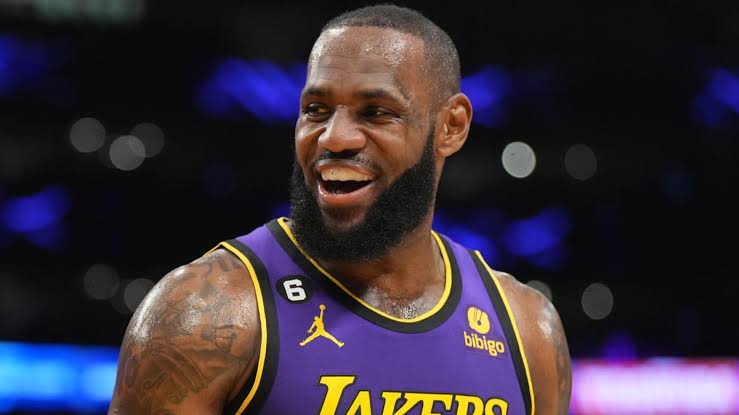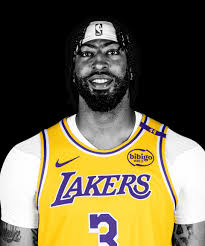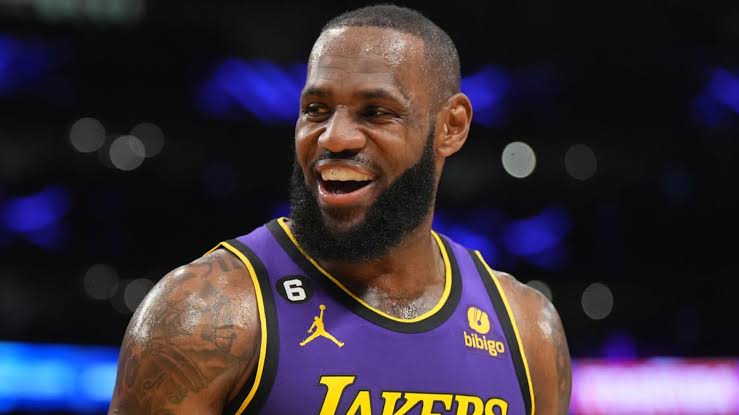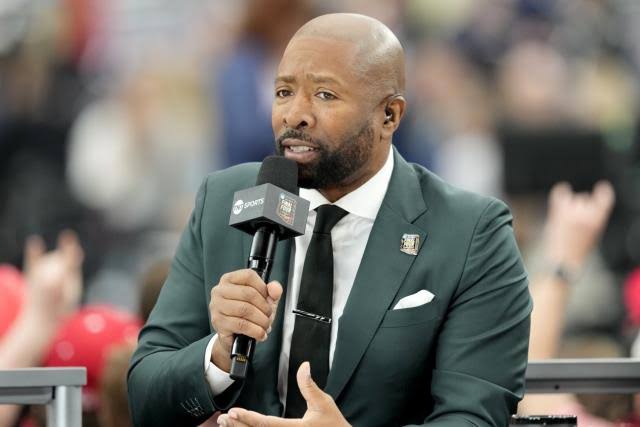Non-invasive recovery methods are revolutionizing how athletes, including top professionals like LeBron James, manage injury recovery and performance optimization. These treatments, which bypass the need for surgery or invasive procedures, are becoming more prominent due to their efficiency, speed, and minimal risk. Among the most popular approaches are therapies like red light therapy, electromagnetic treatments, and cryotherapy, each designed to target muscle recovery, reduce inflammation, and promote healing at the cellular level.
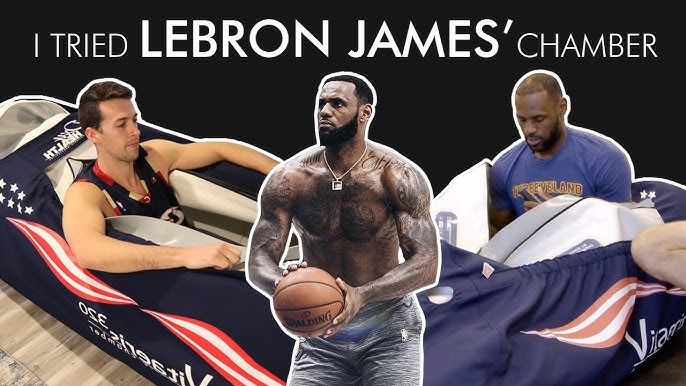
Electromagnetic therapy, for example, has proven effective in speeding up recovery by enhancing circulation, reducing pain, and stimulating tissue regeneration. This method, especially in advanced forms like EMTT (Electromagnetic Tissue Therapy), uses focused energy waves that can penetrate deep into tissues, promoting natural healing without the need for needles or incisions. Such techniques are gaining traction not only in professional sports but also in the rehabilitation of chronic conditions.
For athletes seeking faster recovery times and improved performance, these non-invasive options offer compelling benefits. They allow athletes to recover in a fraction of the time typically needed with traditional treatments. Non-invasive recovery therapies also offer the advantage of being highly customizable, ensuring that treatments can be tailored to individual needs based on the type and severity of the injury.
Furthermore, these methods often come with fewer side effects compared to pharmaceutical options. Instead of masking symptoms with medication, non-invasive treatments address the root causes of pain and dysfunction, potentially offering long-term solutions rather than temporary relief. This holistic approach aligns perfectly with the growing demand for drug-free, sustainable athletic recovery strategies.
With an increasing number of high-profile athletes adopting these techniques, it’s clear that non-invasive recovery is not just a trend but a pivotal part of modern sports rehabilitation. As these technologies advance, their integration into training and recovery routines could reshape how athletes approach their physical wellness in the years to come.
